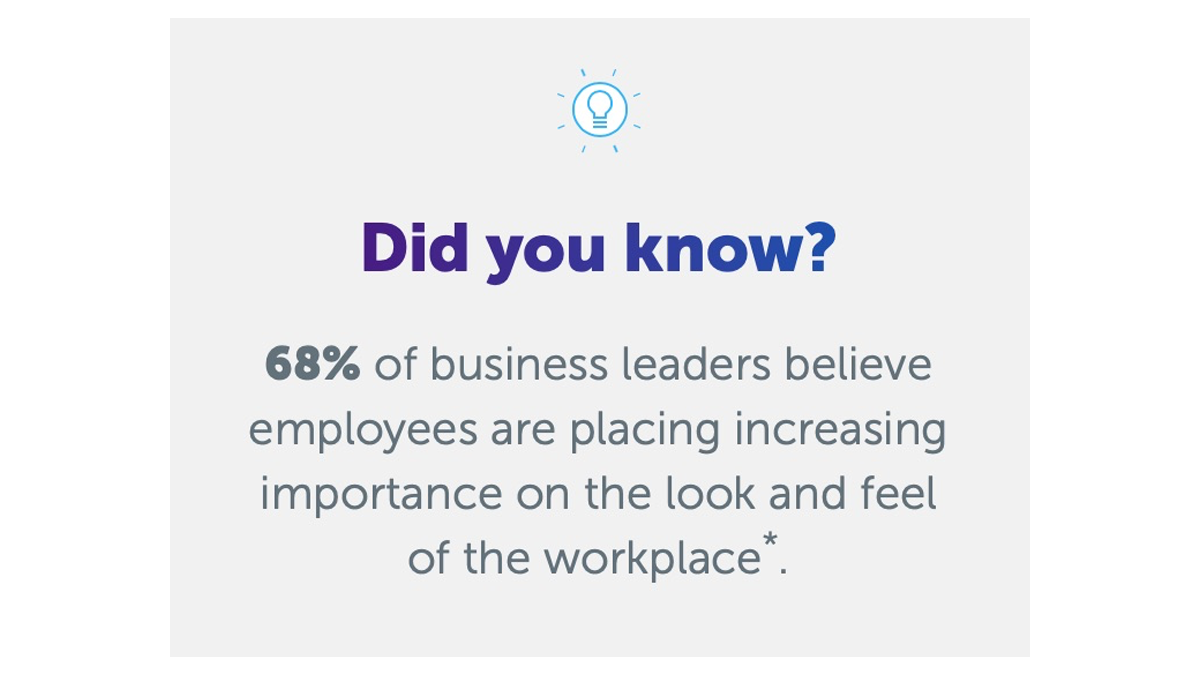Workplaces are much nicer places to be when everybody is happy. And the benefits of the feelgood factor stretch so much further than sunshine, lollipops and rainbows – because happiness can improve your workplace productivity, too.
A study conducted by the University of Oxford at BT’s call centres found that workers were 13% more productive when they were happy.
It might not sound like a big headline figure, but it equates to approximately an hour of extra productivity from each happy employee per day. The difference that could make to any business – including yours – is significant.
So happiness and workplace productivity go hand-in-hand, but it’s important to quantify exactly what that means in the context of your business and workforce. There are lots of different ways in which you can do this, and what works for you will depend on the nature of your business and your workforce. But here are four key concepts worth considering, whatever your industry:
1: Be the master of all you survey
Yes, I know: surveys sound a bit boring and a bit low-tech. But how useful they can be in getting to the heart of what makes your workforce tick can’t be underestimated.
The key point to make here is that conducting just one survey would be such a waste of time that you might as well not bother. What is important is to take them at regular intervals (say, once a month) with the same directly comparable questions in each one. Only by doing that can you gain useful, quantifiable insights into your workforce by seeing how certain metrics increase or decrease over time.
The longer you do this, the more you can spot consistent trends in particular departments or at certain times of the year, and then take action to improve workplace productivity business-wide.
2: Embrace the environment (part one)
Now more than ever, people are actively aware of the impact they have on the world around them. More and more people want to minimize the amount of resources they consume, and their working lives are no exception to that.
Because of this, making your workforce feel like they’re doing a good job while also being environmentally friendly at the same time could play a major part in their satisfaction. You may want to consider implementing a calculator tool that allows your staff to work out the footprint of their day-to-day work, and learn ways in which they can reduce it further.
After all, nobody said strong workplace productivity meant a big carbon footprint, did they?
3: Embrace the environment (part two)

Rather than talk about the environment in a global sense, this refers to a much more local kind of environment, specifically the office setting where your workforce spend their days.
As much as we’d like everyone to get along with everyone else all the time, that just isn’t realistic in the vast majority of businesses. And we’ve all been in situations where two people at adjacent workstations are just chalk and cheese, making the whole atmosphere around them a very unhappy and unproductive one.
The flexible, forward-thinking workplace technology solution to this is to shake things up by mixing and matching who sits where through hot-desking. By regularly redrawing the office map, you’ll quickly discover which combinations are a drain on morale, and which ones are a spur for new ideas and new creativity.
4: Seek those who love to meet
A common trait in those who aren’t enjoying their jobs, and/or aren’t pulling their weight, is to try and ‘hide’ in a constant stream of meetings. It makes them look busy without having to do much work, and as meeting information normally isn’t recorded or monitored digitally to any significant degree, it can be relatively easy to escape detection.
That was until the simplified management of meeting room booking software came along.
By enabling highly visible digital scheduling for all the meeting facilities on your premises, it can be easy to see if any particular employees are spending far more time in meetings than they probably should be.
As a result, it can be much easier for you to detect and investigate the source of their unhappiness much faster, and prevent any long-term issues taking hold through a proactive approach.
*References: